
Catalog#/Size:AC52380/100 µg
Source:Escherichia coli.
SDS-PAGE:17.48 kDa, under reducing condition.
Molecular Weight:Approximately 17.48 kDa, a single non-glycosylated polypeptide chain containing 158 amino acids.
-
100 μg
¥1880.00
现货 -
1 mg
¥8480.00
现货
Catalog#/Size:AC52380/100 µg
Source: Escherichia coli.
Molecular Weight: Approximately 17.48 kDa, a single non-glycosylated polypeptide chain containing 158 amino acids.
Description : E. coli-derived human TNF-alpha protein Val77-Leu233 with an N-terminal Met
Accession # P01375.
SDS-PAGE: 17.48 kDa, under reducing condition.
Purity: > 95 %, as determined by SDS-PAGE, under reducing non-reducing conditions, visualized by coomassie staining.
Endotoxin: Less than 0.01 EU/µg of rHu TNF-α as determined by kinetic Limulus Amoebocyte Lysate (LAL) assay.
Biological Activity: Recombinant human TNF-α bioactivity is measured in a cytotoxicity assay using L‑929 mouse fibroblast cells,the EC50 for this effect is 0.1168-0.1562 ng/mL.
Physical Appearance: Sterile Filtered White lyophilized (freeze-dried) powder.
Formulation: Lyophilized from a 0.2 μm filtered solution in PBS.
Reconstitution: We recommend that this vial be briefly centrifuged prior to opening to bring the contents to the bottom. Reconstitute to a concentration of 0.1-1.0 mg/mL in sterile distilled H2O. Stock solutions should be apportioned into working aliquots and stored at-20 ℃ to -70 ℃. Further dilutions should be made in appropriate buffered solutions. Do not reconstitute in cell culture media directly.
Shipping: The product is shipped at 2 °C to 8 ° C. Upon receipt, store it immediately at the temperature recommended below.
Stability & Storage:Use a manual defrost freezer and avoid repeated freeze-thaw cycles.
A minimum of 12 months from date of shipping when stored at -20℃ to -70℃ as supplied. Refer to lot specific COA for the use by date.
4 weeks at 2 ℃ to 8 ℃ under sterile conditions after reconstitution.
4 months at -20 ℃ to -70 ℃ under sterile conditions after reconstitution
Usage: Acnovia rHuTNF-α product can be used for a variety of ex vivo cell culture applications such as research or further manufacturing.
Tumor necrosis factor alpha (TNF-α) is a member of the TNF superfamily, which consists of various transmembrane proteins with a homologous TNF domain, that is expressed as a cell surface type II polypeptide consisting of 233 amino acid residues (26 kDa) on activated macrophages and lymphocytes in response to infection, injury, or inflammation. After being processed by TNF-α-converting enzyme (TACE) between residues alanine76 and valine77 of transmembrane form of TNF-α(mTNF-α) , the soluble form of TNF-α of 157 amino acid residues (17 kDa) is released and exerts its biological activities through TNF receptors (TNF-R1 and TNF-R2 respectively) on the cell surface, leading to the activation of downstream signaling pathways, such as NF-κB and MAPK, which regulate the expression of genes involved in inflammation, cell survival, and apoptosis [1].
The gene alignment shows 79% homology between human and mouse TNF-α. The huaman gene of TNF-α contains four coding exons of 62, 15. 16 and 139 amino acids that located on human chromosome 6p21.3 as long as the mouse gene also has four exons of 62. 18, 16 and 138 amino acids which is located on chromosome 17.
Recombinant human TNF-α can be used to stimulate immune cells, such as macrophages or monocytes, to induce an inflammatory response or activate specific signaling pathways for research purposes. TNF-α can be added to cell culture media at various concentrations depending on the desired experimental conditions. As a potent pro-inflammatory cytokin, TNF-α is can have cytotoxic effects on certain cell types at high concentrations or prolonged exposure[2].
1. Horiuchi T, Mitoma H, Harashima S, Tsukamoto H, Shimoda T. Transmembrane TNF-alpha: structure, function and interaction with anti-TNF agents. Rheumatology (Oxford). 2010 Jul;49(7):1215-28.
2. Aggarwal, B. B. (2003). Signalling pathways of the TNF superfamily: a double-edged sword. Nature reviews immunology, 3(9), 745-756.
3. Jang DI, Lee AH, Shin HY, Song HR, Park JH, Kang TB, Lee SR, Yang SH. The Role of Tumor Necrosis Factor Alpha (TNF-α) in Autoimmune Disease and Current TNF-α Inhibitors in Therapeutics. Int J Mol Sci. 2021 Mar 8;22(5):2719.
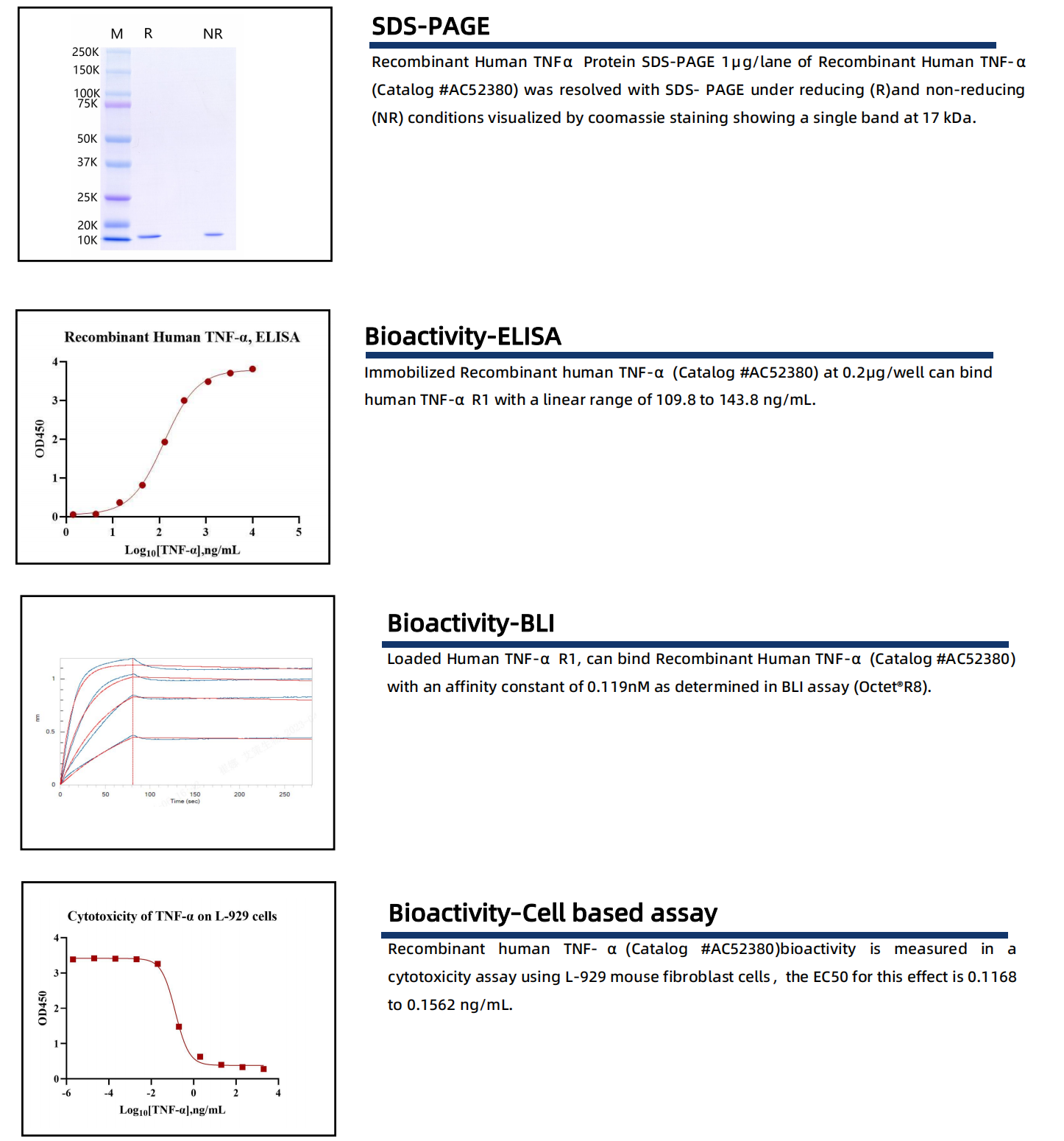




 CN
CN








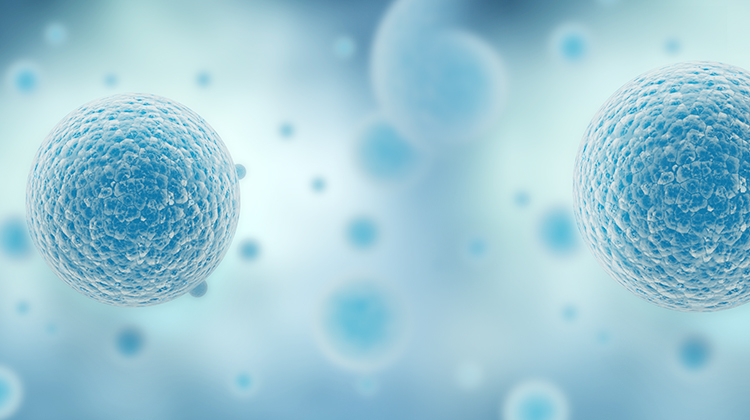
 细胞治疗
细胞治疗
 基因治疗
基因治疗
 mRNA治疗
mRNA治疗
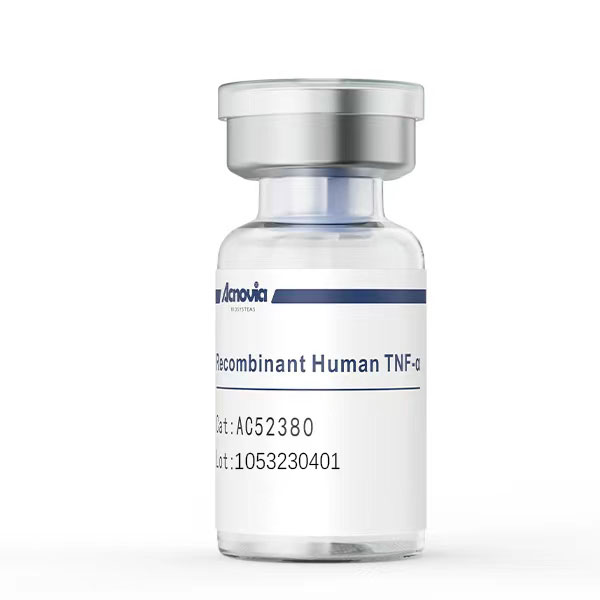
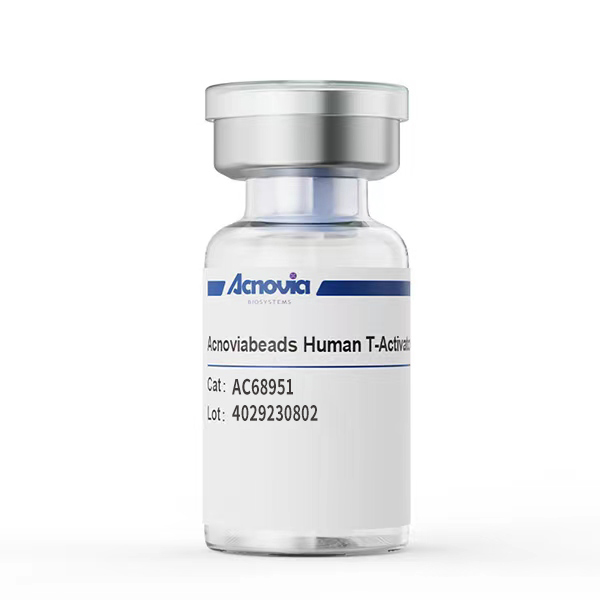


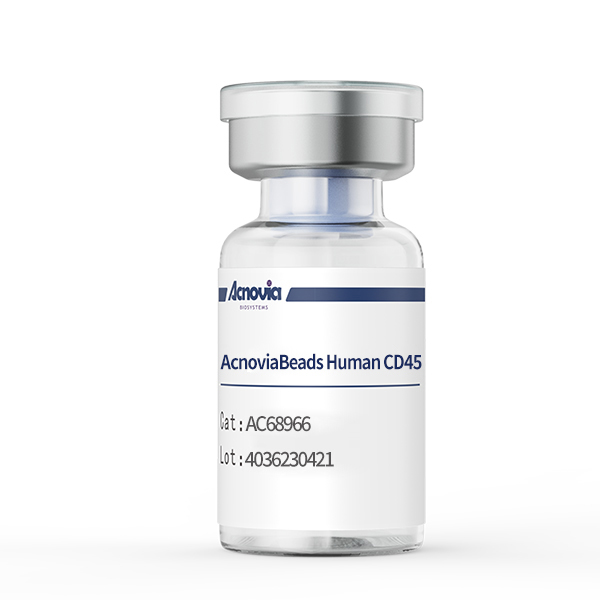
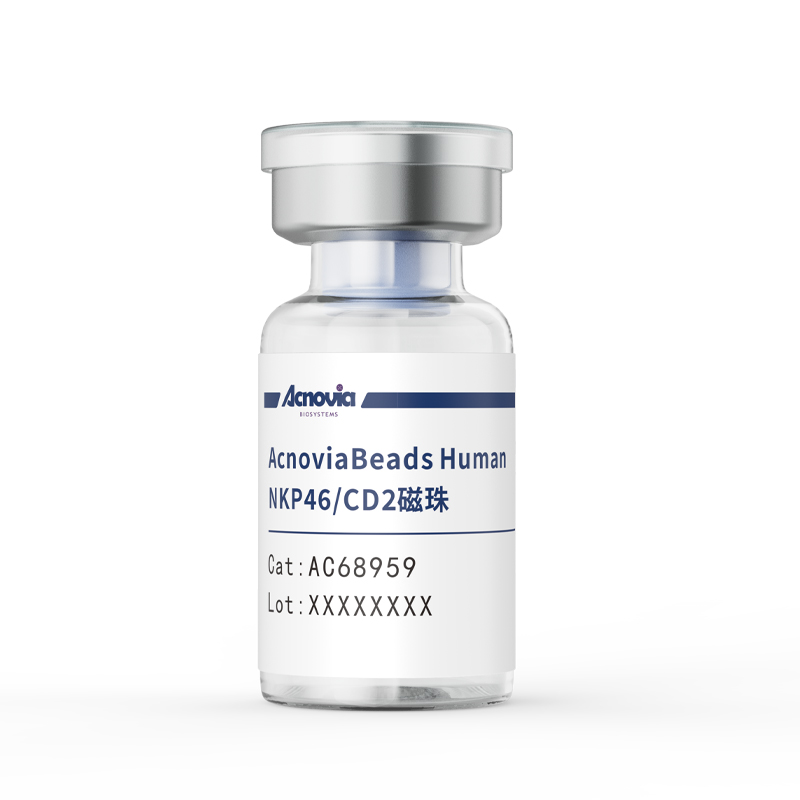
 产品说明书
产品说明书 试用装
试用装
 0571-86963020
0571-86963020




